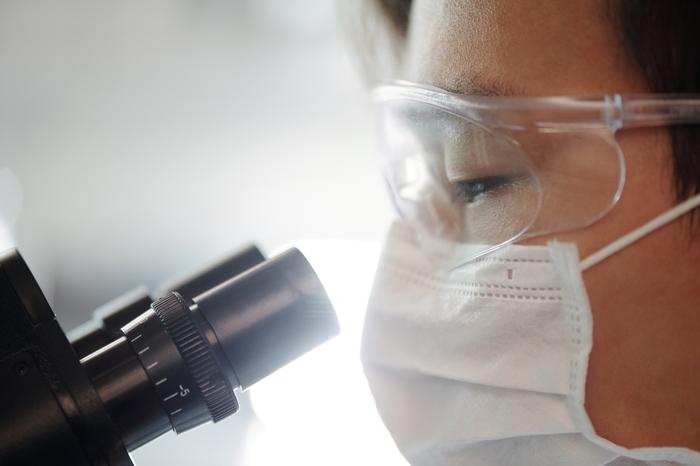Penile Implant: A Lasting Solution for Erectile Dysfunction
Introduction
Erectile dysfunction (ED) can have a profound impact on a man’s self-esteem and overall quality of life. Fortunately, modern medicine offers a range of treatments to address this issue. One such solution, the penile implant, has gained recognition for its effectiveness in restoring sexual function. In this comprehensive guide, we will explore the world of penile implants, how they work, the different types available, and what to expect from this procedure.
Understanding Penile Implants
What is a Penile Implant?
A penile implant, also known as a penile prosthesis, is a medical device surgically implanted into the penis. It is designed to help men with erectile dysfunction achieve and maintain an erection suitable for sexual intercourse. The implant consists of inflatable cylinders, a fluid reservoir, and a pump, all concealed within the body.
How Does It Work?
When a man desires an erection, he activates the pump, which transfers fluid from the reservoir into the cylinders, causing them to inflate. This process mimics a natural erection, allowing for a satisfying sexual experience. After intercourse, the fluid is returned to the reservoir, deflating the cylinders.
Types of Penile Implants
1. Inflatable Penile Implants
- Two-Piece: This type involves two components: the cylinders and the pump. It offers simplicity and ease of use.
- Three-Piece: This more advanced option includes an additional reservoir. It provides greater rigidity and a more natural feel.
2. Malleable Penile Implants
- These implants are semi-rigid and can be manually adjusted into an erect position. They are a suitable choice for men who may have difficulty operating an inflatable device.
Benefits of Penile Implants
1. High Success Rate
- Penile implants have a high satisfaction rate among men and their partners. They reliably produce erections when desired.
2. Spontaneity
- Unlike some other ED treatments, penile implants allow for spontaneous sexual activity, as there is no need for planning or medication.
3. Improved Self-Esteem
- Restoring sexual function often leads to increased self-confidence and improved overall well-being.
The Procedure
Consultation
Before undergoing a penile implant procedure, a thorough consultation with a urologist is essential. The urologist will assess your specific situation and discuss the most suitable implant type for your needs.
Surgery
The surgery is typically performed under anesthesia and takes about one hour. The surgeon makes a small incision in the scrotum or lower abdomen to place the implant components.
Recovery
Most patients can resume sexual activity within six weeks after surgery, following the surgeon’s guidance.
Conclusion
Erectile dysfunction need not be a permanent hindrance to a fulfilling sex life. Penile implants offer an effective and lasting solution for men seeking to regain their sexual confidence and intimacy. With different types to choose from and a high success rate, penile implants have transformed the lives of countless individuals and their partners.
FAQs (Frequently Asked Questions)
1. Is the penile implant noticeable to my partner?
No, the penile implant is not noticeable during sexual activity. It is discreetly concealed within the body and does not interfere with the intimate experience.
2. Can the penile implant be removed?
Yes, penile implants are designed to be reversible. If you and your healthcare provider decide to remove the implant for any reason, the procedure can be performed.
3. Are penile implants covered by insurance?
Many insurance plans cover the cost of penile implant surgery, but coverage can vary. It’s advisable to check with your insurance provider to determine your specific coverage.
4. Are there any risks associated with penile implant surgery?
As with any surgical procedure, there are potential risks, including infection, device malfunction, or discomfort. However, these risks are relatively low, and the benefits often outweigh them.
5. How long do penile implants last?
Penile implants are designed to be long-lasting, with many patients enjoying improved sexual function for up to 15 years or more.


